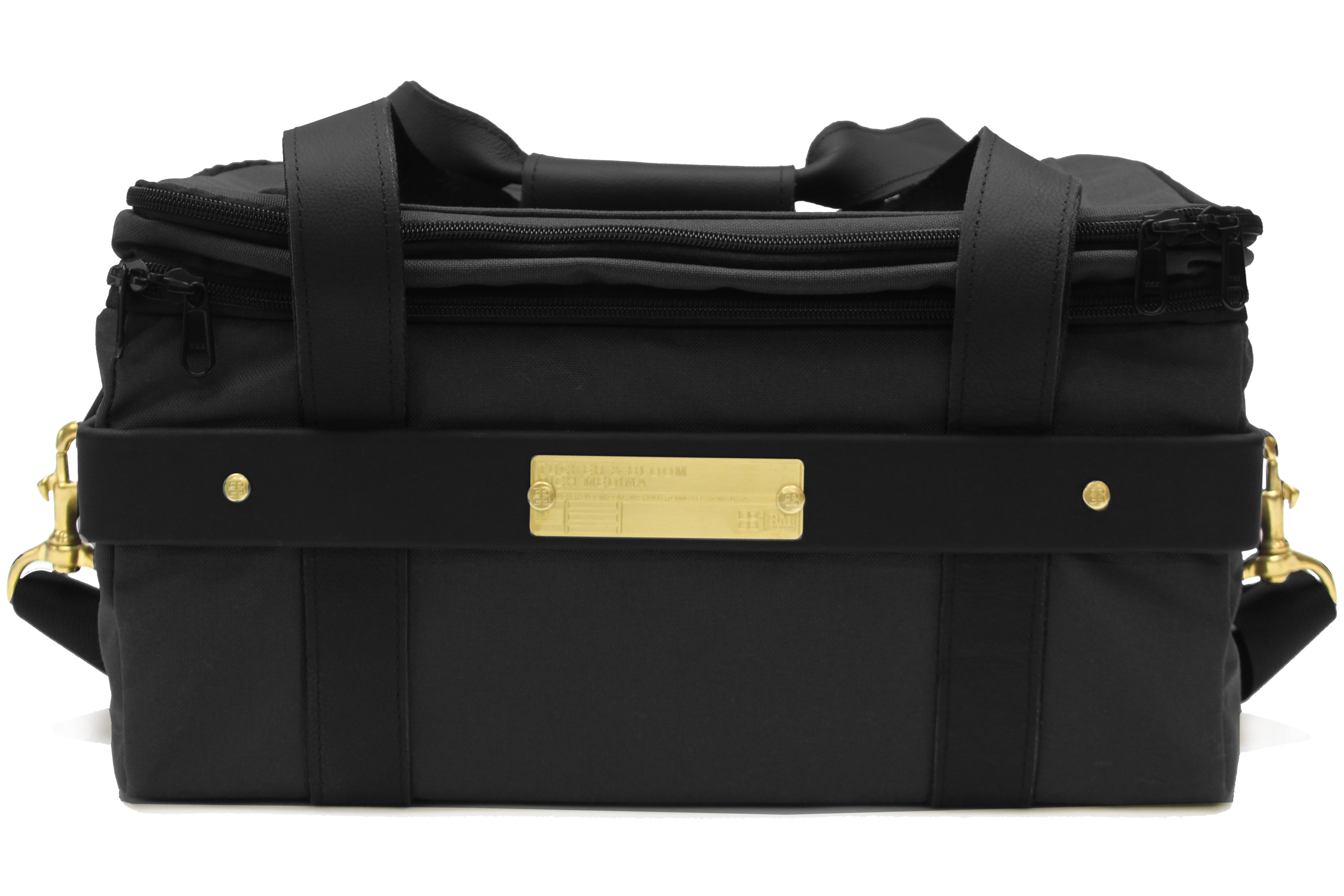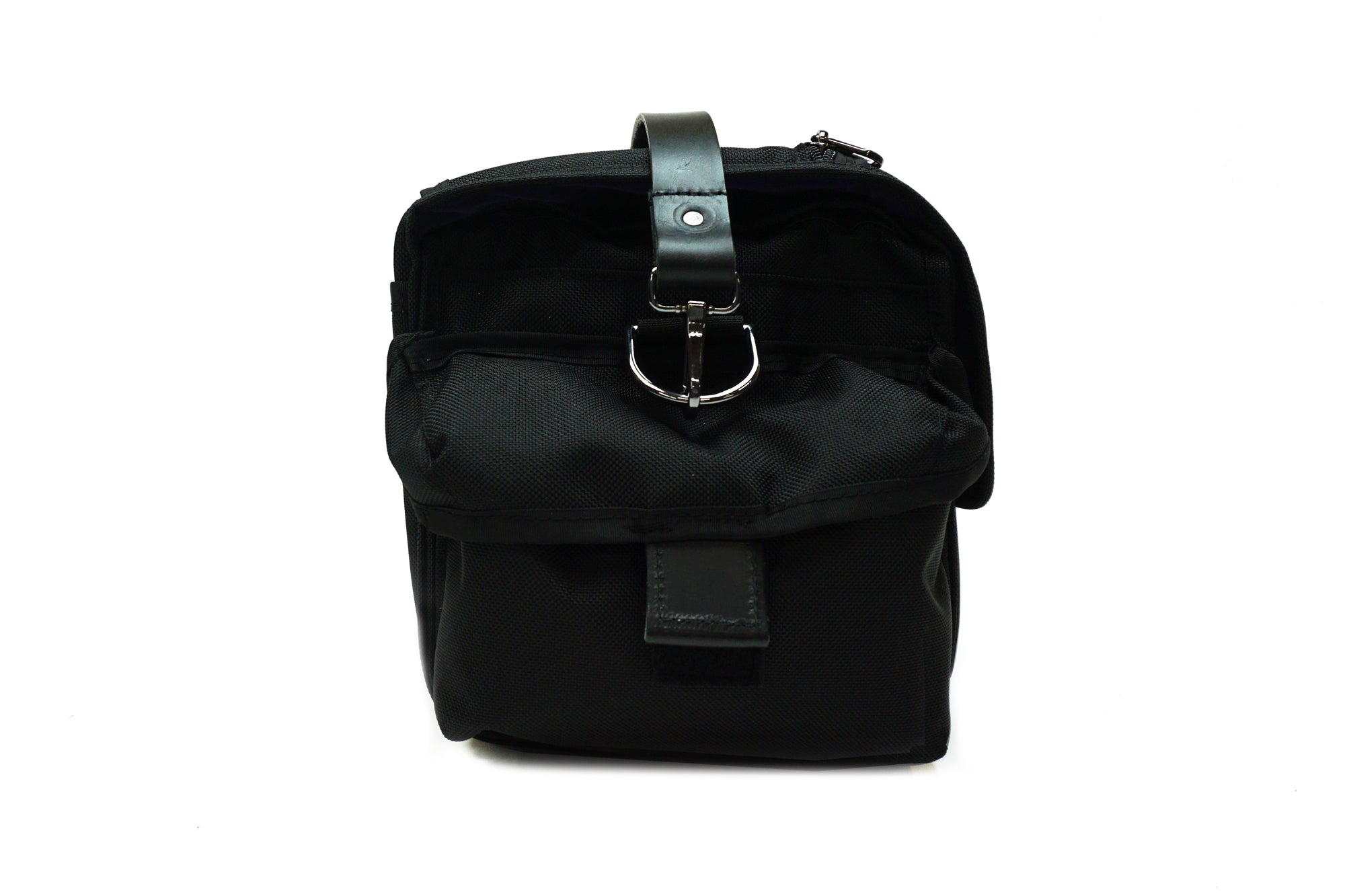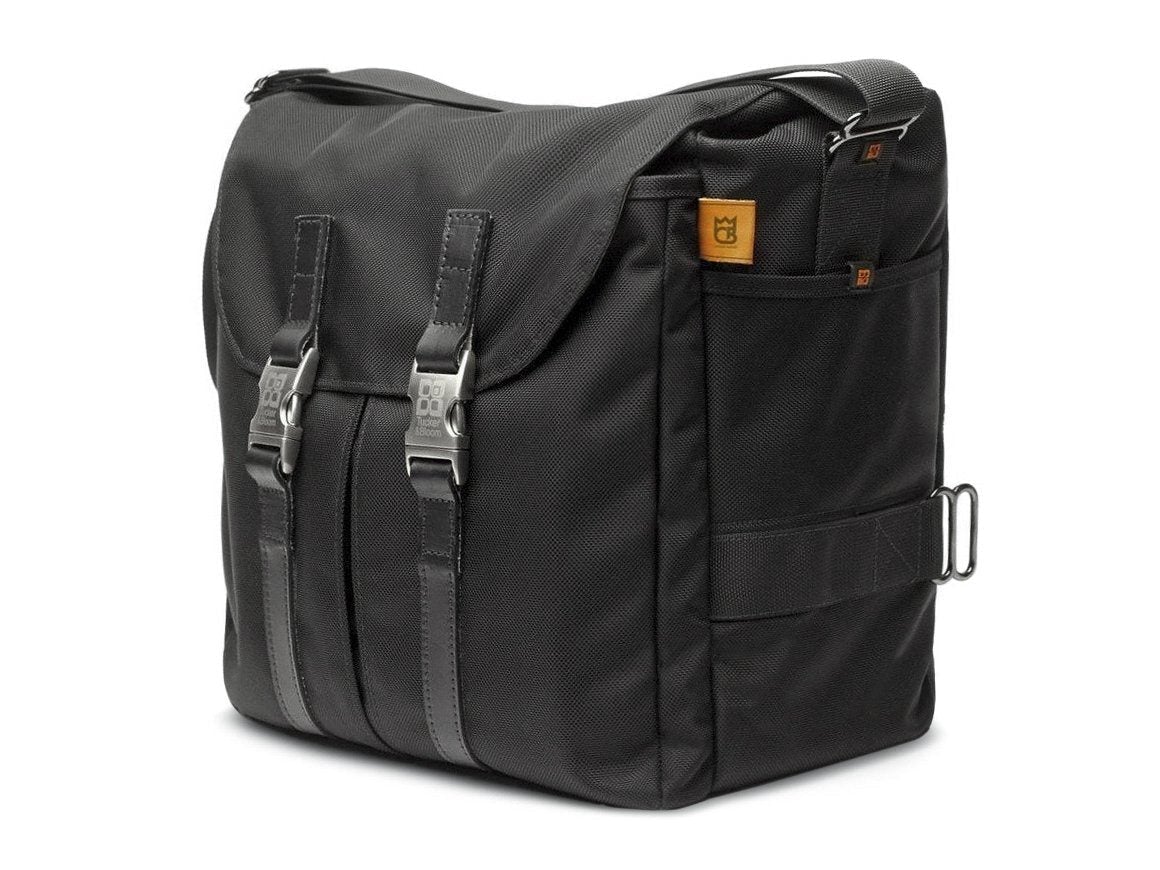Traveling In Nicaragua
When you mention to most people that you are going on a trip to Nicaragua they tend to be confused. It just isn’t a place you hear about these days. Why would you somewhere that recently ended a civil war and is run by a political machine? I’ll tell you why. Nicaragua is a tropical paradise. Sandwiched in between Honduras and Costa Rica, in Nicaragua you can pick coconuts right off the tree, teeter around volcano craters while smoking Cuban Cigars, surf, lay on the beach, drink rum all day in hammocks, and buy more Cumbia CD’s for a quarter than you can cram in your luggage. Thats right. Paradise, and it isn’t that dangerous if you know what to look out for. I wrote this not as a guide to the country or even a real review of where to go. Instead look at this as a snapshot of some of the places I visited, and a short list of things to avoid. Even paradise has its pitfalls and be very aware some of the pitfalls in Nicaragua are very deep (see volcano below). – Case Bloom

The Volcano Concepcion
Managua
The countries capital is Managua, a city that sprawls in the view of active volcano’s, and lies along a major fault line. Declared capital in 1852 and essentially destroyed in an 1931 earthquake, Managua has had its share of natural disasters in a relatively brief period. In the 1970’s after a large earthquake hit and flattened the city center, everyone relocated and rebuild further from the fault line. The resulting “new city” was laid out in a way that is so confusing it only makes sence to natives. In Managua, pot holed streets wind through crowded neighborhoods, and all is done seemingly without organization. There are no street names or addresses in Nicaragua (Managua included). None. In Managua everything is identified through a coordinate system that uses “towards the lake”, “away from the lake”, the direction the sun rises East aka “up”, and the direction it sets West aka “down” as indicators. Your hotel may lie one and a half blocks down and two blocks towards the lake. This whole system raises another issue. Managuans use landmarks instead of addresses to identify places, and often times these landmarks are no longer around. Your hotel may be by “the big tree”, or down the street from a particular business that closed years ago. As long as it is (or was) a commonly recognized place, it may potentially enter the directional lexicon. Needless to say getting around Managua requires a keen sence of adventure, a compass, and a guide.
Driving

Driving in Nicaragua is an extreme sport. The roads are in varying degrees of bad, two lanes width, and covered in obstacles. Passing a vehicle in Nicaragua means heading into opposing traffic and praying you live. My cousin once almost killed someone trying to pass another car by making simple mistake, he forgot to look behind him before he veered into oncoming traffic, and simultaneously pushed a car trying to pass him from the rear off the road. The other driver, regained his bearings and followed their car in hot pursuit hurling bottles at them for the next few miles. Lesson learned. Be careful. Did I mention goats? Or horse drawn carts? You’ll figure it out.
The Chicken Bus
If you don’t feel like driving, and trust me you won’t, aside from taking Taxi’s your only option is public transportation. The bus, aka the Chicken Bus, can get you near any destination and costs about what you would expect a bus that carries livestock to cost. Its cheap, crowded, and may be the most exciting bus ride of your life. Let me set the scene for you. Most of these buses in Nicaragua are old United States school buses that have been re-appropriated to carry three times the normal load, decorated with religious symbols and ribbons (for protection), and a large roof top platform for luggage. On the bus vendors walk the isles selling drinks in bags or little snacks, and they hop on and off constantly. The driver has assistants that take fare, open the door for passengers, and climb on to the roof of the speeding bus to dangle items off for exiting persons. That’s right, the bus doesn’t stop. It just pauses while you jump off and run along side to retrieve your bike from the roof, or transfer to another bus in the middle of the street. Who wants to read the news when you could be living it?

Riding the bus.
San Juan Del Sur
A beautiful coastal city on the Pacific ocean San Juan Del Sur is in the South West side of Nicaragua a short distance from the border with Costa Rica. The city, I’m stretching the term here, is set in a bay and surrounded by beautiful green hills. Originally a small fishing town, these days folks come to the area to surf the area beaches. The culture in town is laid back and feels worldly. You can eat really cheap at the market, get a good cup of fresh roasted coffee at El Gato Negro ( a local book store and coffee shop), and take a bumpy bus ride to Maderas to surf. I really don’t have much to say about San Juan Del Sur other than you really can’t go wrong in a place so beautiful.

Every photo i took in San Juan Del Sur looks this good.
Granada
Granada is the countries third largest city, was established in 1524, and is located on the coast of Lake Nicaragua. The streets are well laid out and lined with cool old buildings. Wandering around the city center is a great way to spend some time, and if you tire of it you can hang out in a garden cafe or check out the lake. There are also tons of tours where you can do yoga in the jungle and get in touch with your inner self (if your into that kind of thing). There is an open air market in the center of town, and a bunch of vendors on the street selling all sorts of stuff. As far as I can tell the city is devoid of records. I went everywhere looking to buy “grandes discos” with no luck. All I got were some bootleg Cumbia CDs and a few odd looks. If you have any luck finding records in Granada..or Nicaragua in general please drop me a line.

One of many local churches

A Garden Cafe with hammocks.
Lake Nicaragua
Lake Nicaragua is huge, about 3,000 square miles. Really really large. The largest source of fresh water in Central America. It is so large in fact that it is home to one of the only species of fresh water sharks known to man, a chain of 365 islands (Las Isletas), and Concepcion a huge active volcano plopped in the center on the island of Ometepe. If your in Granada you can charter a boat and take a tour of these islands for a small fee. The islands are pretty small, and have mostly been bought up so that the uber rich could build mansions on them (what’s more plush than owning your own island?). There is even an island with monkeys on it.

Check this house out. What is grocery shopping like?
If you are looking at taking a tropical vacation, consider Nicaragua. The country is beautiful, the people are friendly, and traveling on the cheap is easy. If you do make it down there please drop us a line and let us know how the trip went and if this helped out in any way. You can check out the rest of my photos here
Record Bags
Record bags made for DJs or record buying folks. DJ Backpacks and messenger bags meant for holding 7” records, 45's, LPs, 12" singles, and virtually any other vinyl record format you can think of.
DJs require a specific type of bag, and that’s why we make our bags to the specifications and needs of working class DJs. Large enough to hold all types of vinyl, and padded enough to provide peace of mind that your precious LPs will make it from one gig to the next, without a scratch. From our larger 45 bag, made to hold a large assortment of records, to our dj backpacks and dj messenger bags, that are able to hold records and other necessary items, like cables, and laptops, we’ve got all the needs of a working class DJ covered.









